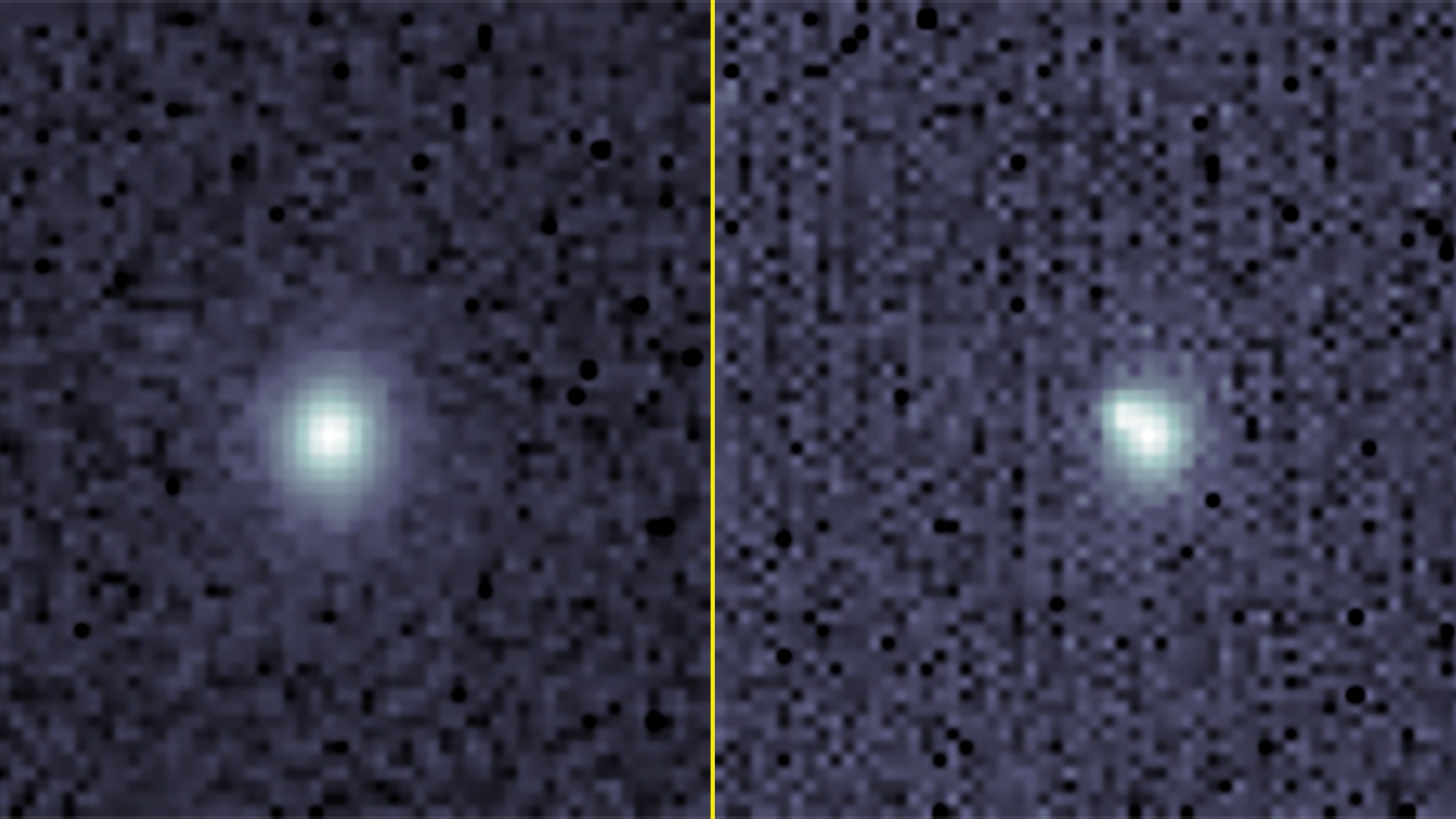AI just spotted its 1st supernova. Could it replace human explosion hunters?
'Removing humans from the loop provides more time for the research team to analyze their observations and develop new hypotheses to explain the origin of the cosmic explosions that we observe.'

Move over, human astronomers! Artificial intelligence (AI) could soon be doing your supernova hunting for you.
A new, fully automated machine-learning algorithm has successfully detected, identified and classified its first supernova — the first time this has been achieved with AI. The program, called Bright Transient Survey Bot (BTSbot), could vastly accelerate the process of analyzing and classifying supernovas, its developers say.
Spotting supernovas currently depends on humans and computers working in conjunction, but BTSbot could cut us out of that equation. According to the BTSbot team, over the past six years alone, human astronomers have spent an estimated 2,200 hours visually inspecting and classifying supernova candidates. BTSbot could allow astronomers to redirect this effort and spend more time investigating the origins of these stellar explosions and modeling how they proceed.
"For the first time ever, a series of robots and AI algorithms have observed, then identified, then communicated with another telescope to finally confirm the discovery of a supernova," team leader Adam Miller, a professor of physics at Northwestern University in Illinois, said in a statement. "This represents an important step forward as further refinement of models will allow the robots to isolate specific subtypes of stellar explosions.
"Ultimately, removing humans from the loop provides more time for the research team to analyze their observations and develop new hypotheses to explain the origin of the cosmic explosions that we observe," Miller added.
Related: Right before exploding, this star puffed out a sun's worth of mass
Supernovas: a needle in a cosmic haystack
Many supernovas occur when dying stars exhauts their fuel for nuclear fusion. Unable to support themselves against the inward push of gravity, these stars' cores collapse while their outer layers blast out as supernovas.
Breaking space news, the latest updates on rocket launches, skywatching events and more!
In the case of Type Ia supernovas, explosions are triggered when a stellar remnant called a white dwarf exists in a binary system and is stripping matter from its companion star. This influx of material causes white dwarfs to reignite and explode, destroying them entirely.
These supernova explosions can be so bright that they outshine the combined light of every star in the galaxy around them. Thanks to the vastness of space, however, even this incredible burst of light doesn't mean supernovas are easy to spot. Currently, robotic telescopes scan the night sky, capturing repeated images of the same patch of space, hoping to find a changing — or transient — object that wasn't in previous images.
"Automated software presents a list of candidate explosions to humans, who spend time verifying the candidates and executing spectroscopic observations," Miller said. "We can only definitively know that a candidate is truly a supernova by collecting its spectrum — the source's dispersed light, which reveals elements present in the explosion. There are existing robotic telescopes that can collect spectra, but this is also often done by humans operating telescopes with spectrographs."
To potentially remove humanity's role in these proceedings, Miller and his team developed BTSbot and trained the AI with over 1.4 million historical images from nearly 16,000 sources. These included confirmed supernovas and other explosive astronomical phenomena like the temporary flaring of stars, stars that are periodically variable stars and the flaring of galaxies.
Putting BTSbot to the test
In order to test their new AI tool, the researchers set about hunting for a newly spotted supernova candidate designated SN2023tyk, which is believed to be a Type Ia supernova located around 760 million light-years from Earth.
The supernova was found by the Zwicky Transient Facility (ZTF) robotic telescope on Oct. 3. As it searched ZTF data, BTSbot was able to identify SN2023tyk on Oct. 5, after which it collected the potential supernova's spectrum from the robotic telescope at Palomar Observatory, known as the SED machine (SEDM). Thus, through this automatic collaboration, SN2023tyk was classified as a Type Ia supernova. BSTbot didn't even need its human operators to get the word out, as this information was automatically shared with astronomers by the AI on Oct. 7.
"The simulated performance was excellent, but you never really know how that translates to the real world until you actually try it," Northwestern graduate student Nabeel Rehemtulla, who co-led the BTSbot technology development with Miller, said in the same statement.
"Once the observations from SEDM and the automated classification came in," Rehemtulla added, "we felt a huge wave of relief. The beauty of it is that once everything is turned on and working properly, we don't actually do anything. We go to sleep at night, and, in the morning, we see that BTSbot and these other AIs unwaveringly do their jobs."

Robert Lea is a science journalist in the U.K. whose articles have been published in Physics World, New Scientist, Astronomy Magazine, All About Space, Newsweek and ZME Science. He also writes about science communication for Elsevier and the European Journal of Physics. Rob holds a bachelor of science degree in physics and astronomy from the U.K.’s Open University. Follow him on Twitter @sciencef1rst.

